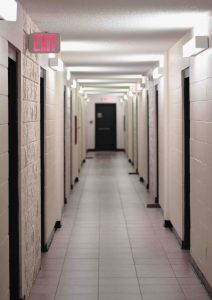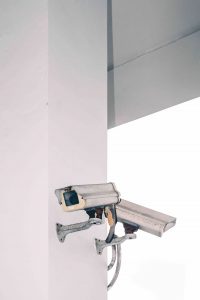The COVID-19 pandemic is causing major disruptions and serious illness concerns in San Diego County and throughout California. Nursing home residents, many of whom are elderly, are not only in a vulnerable age group when it comes to serious COVID-19 infections, but many nursing home residents also have underlying conditions that put them at greater risk for severe infection and even death. To prevent COVID-19 infections in nursing homes, in addition to providing a high quality of care to avoid nursing home neglect injuries, facilities should in theory be improving on the nurse-to-patient ratios required by the state.
Yet according to a recent article in NPR, the state relaxed its nurse-to-patient ratios in mid-December 2020, which ultimately means that fewer nursing home patients are getting the level of care they need.
Staffing Problems Often Result in Nursing Home Neglect Injuries
 Southern California Nursing Home Abuse Lawyer Blog
Southern California Nursing Home Abuse Lawyer Blog










